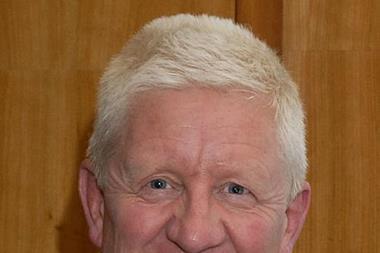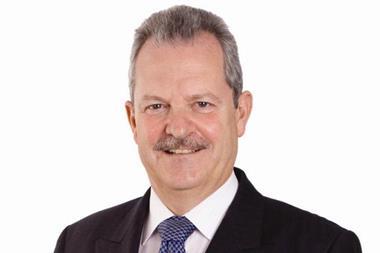Andrew Homewood warns that loss adjusters must be seen to give value for money, and outlines his goal of bringing fresh, and younger, faces into the industry
Coventry is the venue for the Chartered Institute of Loss Adjusters (CILA) annual conference, and new president Andrew Homewood, executive director with niche commercial loss adjuster MYI, has been in the role for just a couple of hours.
He is raring to leave his mark. “I would like to see CILA recognised as the pre-eminent claims institute worldwide,” he says.
It is a big ambition at a time of big challenges. The sector is facing an increasingly difficult period as budgets tighten, profit margins reduce and the age of the average loss adjuster continues to edge upwards on the wrong side of 45.
Tough times for loss adjusters
Emphasising the value of loss adjusting is more important than ever, says Homewood. He explains: “We need to be able to present evidence of the value we give. This has to be founded on technical excellence, professionalism and excellent service delivery.”
Homewood points out that as insurers cut costs, the axe may fall on loss adjusters. “People will be looking at a different way to make up shortfalls,” he says. “Insurers have generally found that a loss adjuster’s fees are not recoverable, and they consider it an additional expense to add to their costs.”
Indeed as times grow harder, insurers’ inability to recoup the fees of those loss adjusters not appointed by a solicitor has become a bugbear. At the same time, loss adjusters argue that it is unfair to give solicitors too much sway over a loss adjuster’s work.
Staying separate
Meanwhile, some law firms have tried to bypass the sector by setting up their own claims investigation departments. CILA has raised the issue with the Law Society, and industry pundits have suggested that joining the Chartered Insurance Institute (CII) could give the institute more clout.
Homewood, however, is adamant that CILA should remain independent. He says: “There was some chatter about this a few years ago, and there was a fear that CILA might be subsumed by the CII. The CII does a fantastic amount of good, but CILA is a completely different type of organisation, with a much smaller and more focused membership. I would prefer that CILA remains as a standalone institute purely focused on claims.”
Homewood insists that other exciting developments lie ahead, pointing out that acting for policyholders rather than insurers could provide members with a new opening. However, while such a move offers potential for growth the pace has been slow – despite more complaints about the quality of largely untrained loss assessors who act on behalf of policyholders. Homewood estimates that just 5% of the institute’s qualified membership has leapt to the other side of the claims fence.
New young faces
CILA also has to consider the looming skills gap. The sector needs young faces but despite talk of training programmes, a glance around the Coventry conference reveals a sea of grey hair.
Homewood’s answer is more education. He believes that raising professional standards will attract younger entrants and increase the calibre of members.
He says: “We have a new examination structure and new training and lecture material. We are seeking accreditation for our examinations from Bournemouth University that will enable us to get an accepted measure of the accomplishment of the ACII qualification. We need to have more people sitting the examinations with the view to producing more qualified members for tomorrow.”
Education, education
Homewood says better education and reputable qualifications are the keys not just to survival but also to ensuring that both the sector and the institute thrive. Despite the doom-mongering about skills gaps, he insists that the problem is overstated: “There is a lot of talk about the demographic time-bomb, and you cannot dispute the fact that loss adjusters are getting older.
"For me that is not a worry because there is now such a good examination structure.”
He says he has complete faith in those currently heading the sector, and adds: “The chief executives in the major companies are first class businessmen and they know exactly what to do about the future so I see a very rosy future for them - and the institute as well.”





































